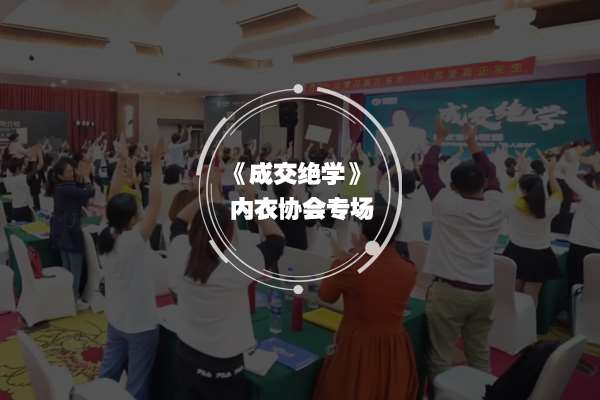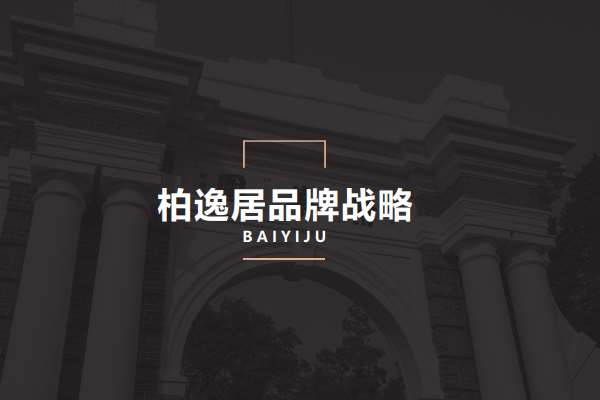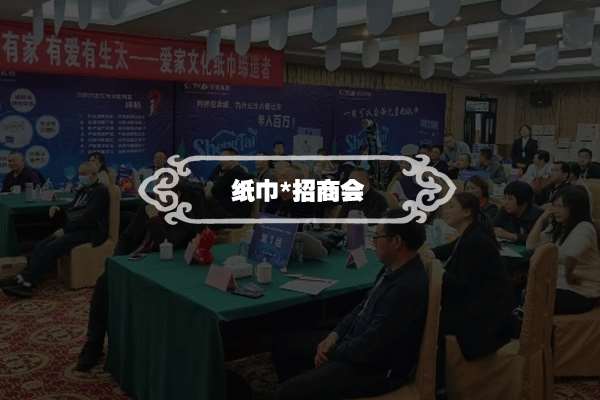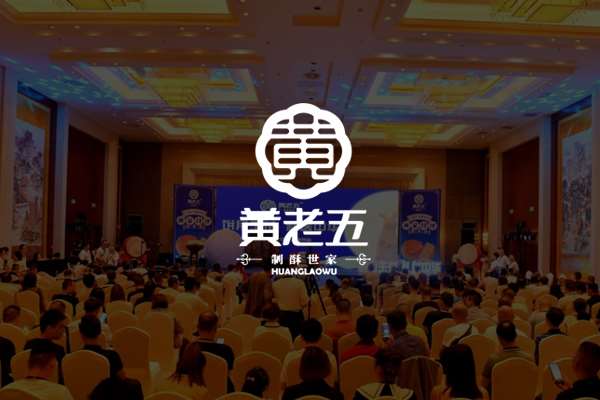Title: Campsite and Rural Revitalization Business Model Proposal
Introduction:
The following proposal presents a business model that combines camping and rural revitalization to create a unique and sustainable venture. By leveraging the growing popularity of camping and the opportunities offered by the rural revitalization movement, this model aims to generate both economic and social benefits for the local community.
1. Location Selection:
Choose a countryside area with scenic beauty, rich cultural heritage, and potential for outdoor activities. It should be easily accessible from major cities, ensuring convenience for campers and tourists.
2. Infrastructure Development:
Invest in essential infrastructure, such as camping facilities, toilets, recreational spaces, and eco-friendly amenities. Create a unique camping experience by incorporating local elements, such as traditional architecture or cultural exhibitions.
3. Collaboration with Local Communities:

Establish partnerships with local farmers, artisans, and cultural organizations to offer authentic and immersive experiences. This could include organizing farm tours, handicraft workshops, or cultural performances, providing visitors with an opportunity to engage with rural life.
4. Eco-friendly Practices:
Implement sustainable practices to minimize the environmental impact of the campsite. Promote waste reduction and recycling, use renewable energy sources, and educate visitors about the importance of environmental conservation.
5. Product and Service Offering:
Offer a range of accommodation options, such as tents, cabins, or glamping sites, catering to different preferences and budgets. Provide various outdoor activities, such as hiking, fishing, or cycling, to attract adventure enthusiasts. Additionally, offer catering services featuring locally sourced ingredients to support local farmers.
6. Marketing and Promotion:
Develop an integrated marketing strategy to attract customers. Utilize social media platforms, travel websites, and collaborations with travel agencies to promote the campsite and its unique experiences. Offer promotional packages or discounts to encourage repeat visits.

7. Community Engagement:
Facilitate community engagement through social initiatives, such as organizing cleanup activities, supporting local schools or contributing to community development projects. This will earn goodwill from the community and enhance the campsite's reputation.
8. Monitoring and Growth:
Regularly monitor customer feedback, reviews, and suggestions to improve the camping experience and address any concerns promptly. Continuously innovate and add new activities or services to attract a wider customer base.
Conclusion:
This proposed business model combines the growing popularity of camping with the potential of rural revitalization. By providing an immersive and eco-friendly camping experience and collaborating with local communities, this venture can contribute to the development of the local economy and create a sustainable, socially responsible business.
Word Count: 400 words








